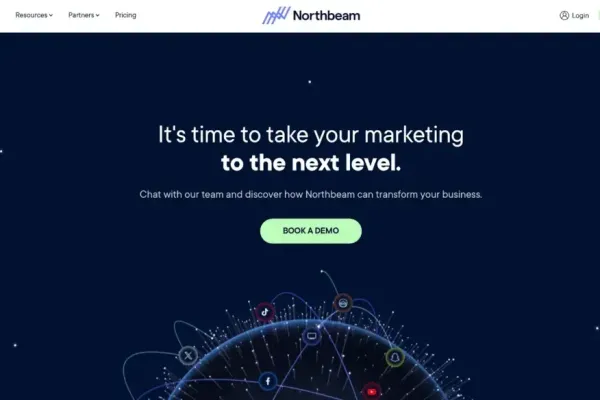Attribution models are crucial for understanding how different marketing channels contribute to conversions. Here's an overview of the four common attribution models:
1. Linear Attribution Model
The linear attribution model assigns equal credit to every touchpoint in the customer journey. If there are four touchpoints, each gets 25% of the credit.
Pros:
- Provides a balanced view of all interactions.
- Good for long and complex sales cycles with multiple touchpoints.
Cons:
- May overvalue minor interactions.
- Doesn’t distinguish between the impact of different touchpoints.
2. First Click Attribution Model
The first click attribution model gives all the credit to the first touchpoint that led the customer to your site.
Pros:
- Highlights the effectiveness of top-of-funnel activities.
- Simple to implement and understand.
Cons:
- Ignores the impact of subsequent interactions.
- Not suitable for understanding the complete customer journey.
3. Time Decay Attribution Model
The time decay attribution model gives more credit to touchpoints that occurred closer to the conversion. For example, the last interaction might get 40% credit, the one before it 30%, and so on.
Pros:
- Values recent interactions more, which can be more relevant.
- Reflects the diminishing impact of earlier interactions.
Cons:
- Can undervalue important early touchpoints.
- More complex to implement.
4. Last Click Attribution Model
The last click attribution model assigns all credit to the final touchpoint before conversion.
Pros:
- Simple to implement and understand.
- Highlights the importance of closing touchpoints.
Cons:
- Ignores the impact of earlier interactions.
- Can misrepresent the effectiveness of top-of-funnel activities.
Choosing the Right Model
The choice of model depends on your business goals and sales cycle. If you're focused on brand awareness, the first click or linear models might be more appropriate. For understanding the impact of recent campaigns, the time decay or last click models could be better.
Types of Attribution Reports in Shopify
Under the Analytics section in the Shopify Admin, there are a few reports that may help you understand your marketing efforts better, but they do not paint the full picture as much as specialized applications.
- Conversion Summary
Provides an overview of your store's conversions, showing the number of conversions and the value generated by different marketing channels. - Marketing Activity
Shows the performance of your marketing campaigns, highlighting which campaigns are driving the most conversions. - Sessions by Referrer
Breaks down the sessions by the referring source, helping you understand where your traffic is coming from and which sources are most effective. - Sales by Traffic Source
Analyzes sales data by the traffic source, allowing you to see which channels are driving the most sales.
By regularly analyzing your attribution reports in Shopify and other applications, you can gain valuable insights into your marketing performance and make data-driven decisions to enhance your business growth.








